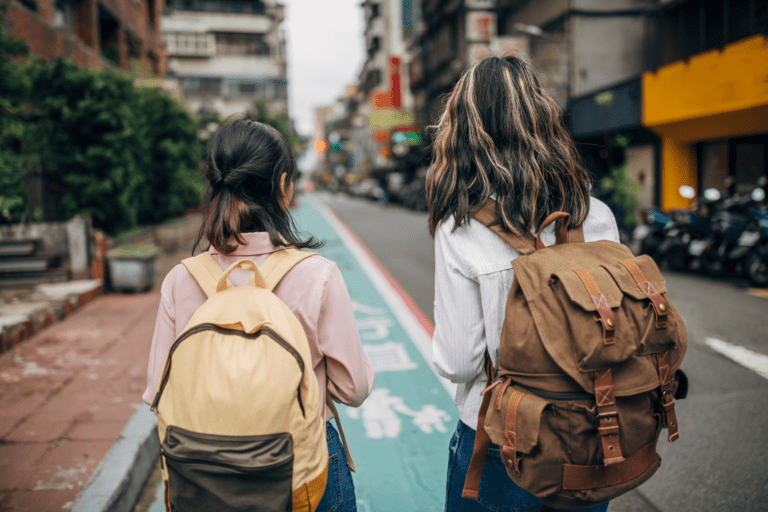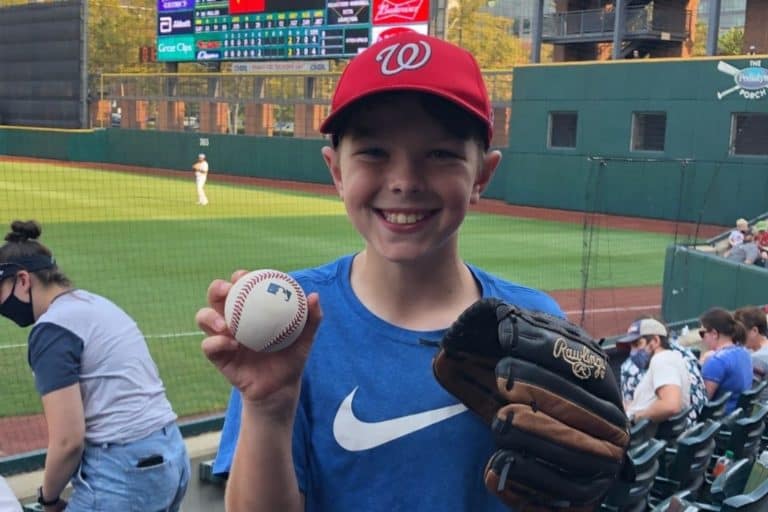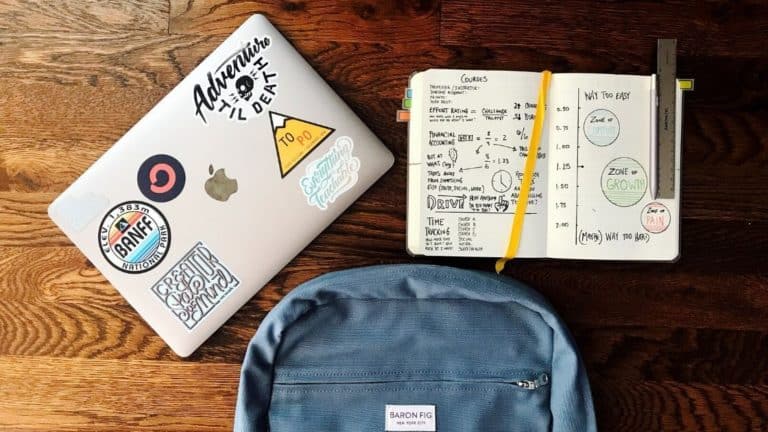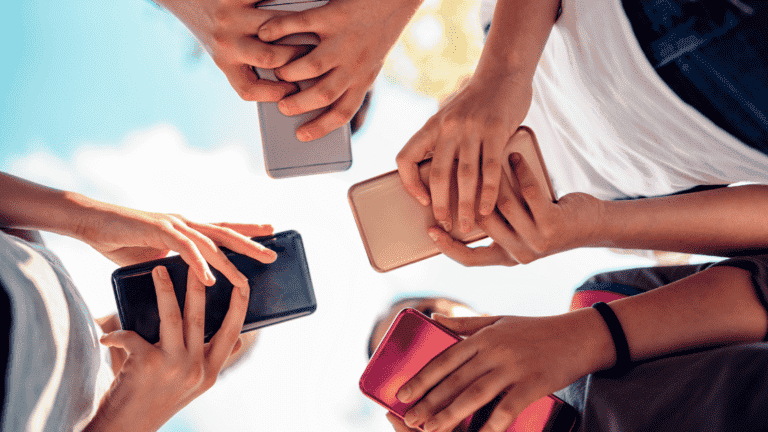How To Talk To Tweens And Teens About Racism
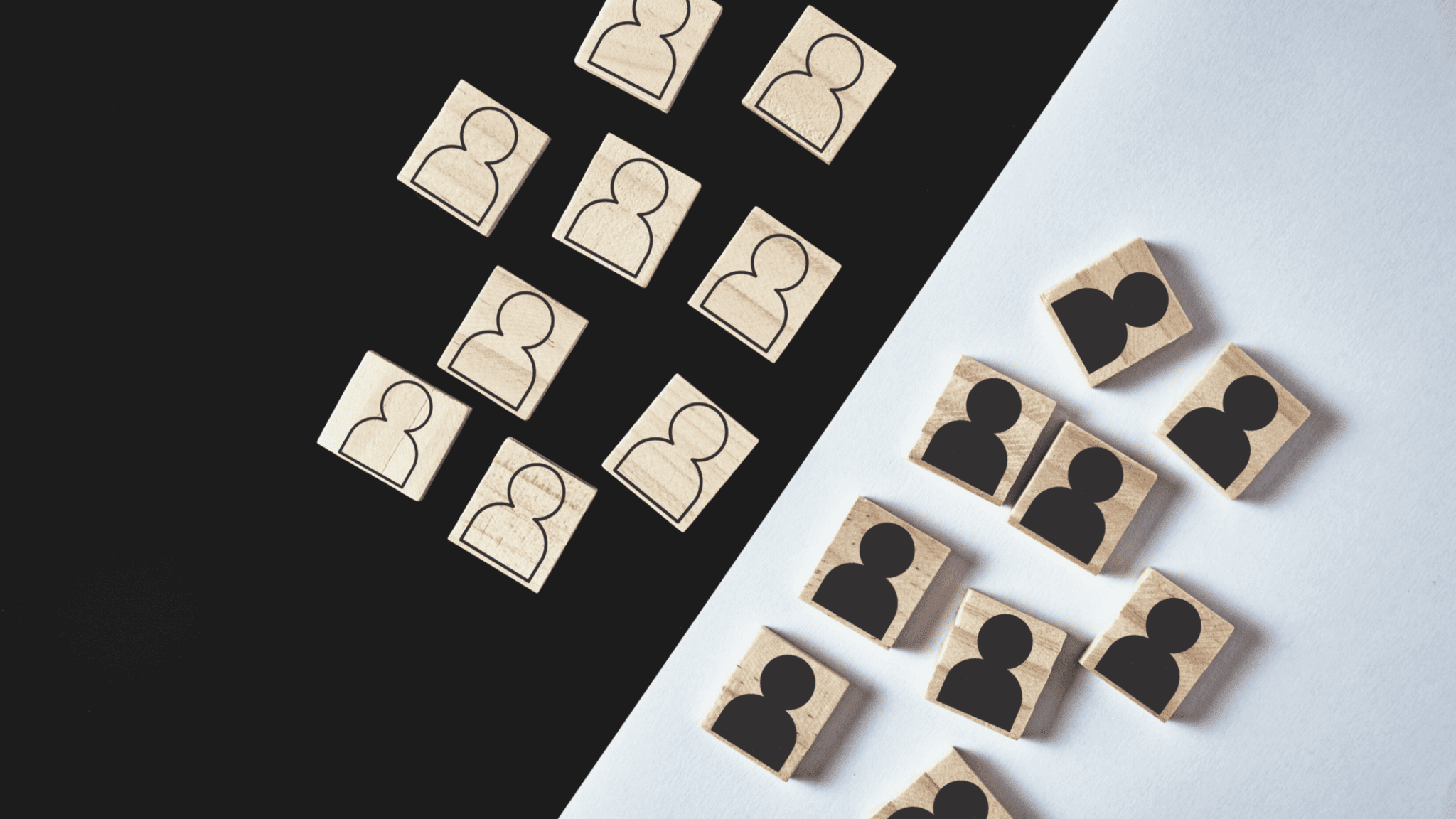
Many white parents know they should be talking to their tweens and teens about racism, but don’t know how or where to start. We’ve gathered trustworthy resources to help you learn and prepare for those uncomfortable but necessary conversations. Our 6 tips for talking to your tweens and teens about racism will give you the tools you need.
Updated 4/15/2021
The mission of SALT effect is to help moms of tweens and teens build stronger and happier families. Our business name is about Serving And Learning Together…and the positive effect of small efforts and actions on our families, communities, nation and world.
We want to raise young men and women of strong character…and that only happens when we’re willing to engage in the world outside the walls of our homes and have hard, uncomfortable conversations about things like racism.
And then, as a result of those conversations, we must be willing to reflect and change.
Acknowledging my perspective and biases
The rest of this post will rely on the expertise and voices of people of color, but I do want to take a minute to give you some background about me–it’s honestly the first thing I look for when I read an article because I want to understand the writer’s perspective, so I’m including it here for that reason. You are welcome to skip down to the next section if you prefer.
My husband and I are white. We have worked in education for our entire professional lives–now over 20 years for each of us–at many different schools and universities, and lived in a variety of places with varying degrees of racial, ethnic, religious, cultural and socioeconomic diversity.
Our faith is the cornerstone of our marriage and we’ve been active in churches everywhere we’ve lived. We have two boys–one Latino son who is 14 and one white son who is 12.
Our oldest son was first confronted with racism (that I know of) when he was in kindergarten. I won’t go into detail here because they are his stories, but I want to make sure I communicate that racism is very, very real. My boys experience the world in vastly different ways and that reality is never out of mind.
Over the last 14 years in particular, my husband and I have become keenly aware of our white privilege and our implicit biases. We’ve learned a lot about racism because we finally realized that we don’t understand.
As white parents, we’ll never really understand racism because we don’t experience it. But we can listen and learn and serve in ways that elevate voices that deserve–need–to be heard.
We’ve been corrected when we didn’t get it right and challenged when our silence or actions were part of the problem. We’ve initiated uncomfortable conversations about racism and made unpopular decisions when we knew they were the right ones.
But it has taken years. And we still have so much learning and growing to do. I’ve done the wrong thing and said the wrong thing, and that will continue to happen as long as I am willing to risk it. This work will not be finished as long as we’re on this earth. While I’m here and raising my boys and writing this blog, I want the SALT effect to be real.
What should I do as a white parent?
I’ve read a lot in the last week about the importance of putting in the work as a white person. But what does that really mean?
I teach a university course called Persuasive Communication where my students research a social issue and then attempt to persuade their peers to volunteer, donate or advocate for a nonprofit organization addressing that issue.
I’ve spent over a decade drilling into their heads that they will never, ever convince other students to DO something until they convince students that they SHOULD do something. Nobody is willing to solve a problem if they don’t see the problem in the first place.
White parents must acknowledge the problem of racism. We need to listen and learn for the good of our kids and the generation we’re raising. We owe it to our kids to do the work.
Doing the work means taking time to listen and learn from voices of color. We’ve gathered trustworthy resources to help you.
What resources will help me prepare for conversations about racism with my kids?
- Be The Bridge is the first place I go when I have questions about white privilege, racism and racial reconciliation. Founded by Latasha Morrison, Be The Bridge has incredibly helpful resources to promote understanding and racial unity, from both a faith and secular perspective.
- My husband and I co-led a “Be The Bridge 101: Being A White Bridge Builder” group. It’s an eye-opening study if you’ve never really examined your identity as a white person. If you’ve never given a second thought to buying nude hose or ballet shoes, using a flesh-colored crayon as a kid, buying band-aids that match your skin tone, shopping for hair products without looking in a designated section or asking for them to be unlocked so you could purchase…you need a study like this. These are really minor examples, but I’ve seen the light bulb moments for white people who suddenly realize that they’re surrounded by and have benefited from white privilege.
- You can start a group study of your own with other white parents, and Be The Bridge will provide the materials you need.
- Teaching Tolerance’s article clearly defines white privilege and provides suggestions to help us learn to recognize it.
- The Kirwan Institute for the Study of Race and Ethnicity has an outstanding free resource: Implicit Bias Module Series. A former student (Kyle Strickland) is doing incredible work at the Kirwan Institute–I loved seeing him in this video!
- Read books that were written and recommended by people of color. This anti-racist reading list from the Chicago Public Library has 61 suggested titles.
- Watch movies about race from black filmmakers.
- Learn why we all need to see race and color, and why colorblindness is a form of racism.
- Do a YouVersion Bible study focused on racism. You can do one on your own–just search the app–or you can invite friends to do the study with you. Mary and I are always working on a study together and we love the ability to share our thoughts with each other. We recommend the 5-day Be the Bridge: Pursuing God’s Heart for Racial Reconciliation by Latasha Morrison.
- Learn more about systemic racism. This video provides a good overview and then you can always dig deeper in the other resources. It’s a great one to show your tweens and teens.
How exactly do I talk to my tweens and teens about racism?
1. Start the conversation.
This seems pretty basic, but it’s often the most difficult step. There’s never going to be a perfect time or the right age. People of color don’t have the privilege of deciding the best time to have these conversations because it’s part of their everyday reality. Take a deep breath and open lines of communication with your kids.
2. Be honest and available.
Racism is an emotionally charged issue and is not easy to talk about. Admit that you don’t have all the answers and remember that there’s no right way to have these conversations. Remind your tween or teen that you’re a safe place to ask hard questions and wrestle with difficult situations.
3. Use books and movies to spark and guide conversation.
As a former English teacher, I know that rich conversations are possible when books and movies are the starting point. You can share that reading and watching help us listen to experiences and elevate voices of color–something we need to be doing more often. The lists I gave earlier were geared more to parents, but it’s important to read and watch with your tween or teen–I love talking to my boys about what we’re reading or watching together.
- Books for tweens and teens about racism and social justice from Common Sense Media
- Books about racism for youth from Be The Bridge
- Diverse graphic novels from the National Council of Teachers of English
- 6 family films about racism from Black and Married With Kids
- Black history movies for tweens and teens that tackle racism from Common Sense Media
4. Visit Museums And Historical Sites.
Make a point to visit museums and historical sites that focus on Black history. It’s hard to ignore something when you see it up close. Museums are a perfect opportunity for tweens and teens to come face to face with racism. Here’s a great list of Black history museums around the country.
My family recently took a trip to Louisville, KY and we visited the Muhammad Ali Center. We also went to a Black Lives Matter photo exhibition because one of Mary’s former students won the Art Unites Cbus photography award. We also took our boys downtown to see powerful Black Lives Matter murals.
When you have an opportunity to engage in something in your community, take it.
5. Watch news coverage together.
I struggle with this one, but I read too many things that suggested its importance to leave it out. I read news articles online, but I don’t watch much of it. And chances are pretty good that the opposite is true for our tweens and teens. If we watch with them, we have more information about what they’re taking in and we can talk about specific things they might see or hear.
An article from MSN News quotes Dr. Jenny Radesky, a developmental behavioral pediatrician and professor: “White and non-black families should not shield their older children from these images. We need to engage our children in a conversation about racism, and use these events as a catalyst.
While it is upsetting to watch, we need to sit with that discomfort and teach our families how to channel that energy to work to dismantle the racist structures that exist in our communities.”
Mary is a former journalist who now teaches college PR and journalism classes. I’ve learned a lot from her about media coverage. She wrote an article that you don’t want to miss: What Is Media Literacy (And How To Teach Tween And Teens).
Here’s a quick summary of that post: As parents of tweens and needs, we need to understand “What is Media Literacy?” and step into the important role of helping our kids think critically about what they’re seeing in the news. There are serious dangers when impressionable teens and tweens build opinions or take action based on faulty or biased information. But there are simple ways we can teach media literacy at home.
6. Take action.
Nobody likes feeling helpless, and encouraging tweens and teens to take action is a positive and healthy way to cope. Doing something for others can help kids feel connected and give them ways to contribute to the world–two important building blocks of resilient kids.
This list of 100 ways you can take action against racism right now is the most complete one I found. It includes suggestions and links for contacting state and local leaders, signing petitions, donating to nonprofit organizations, providing resources for protestors and local communities, volunteering and supporting Black-owned businesses. Spend time reviewing the list with your kids and then take action together. Better yet, let them take the lead and decide what to do.
7. Continue the conversation.
Like everything else in life that really matters, the commitment needs to be ongoing. Check in with your kids and continue having conversations about racism. It’s important to recognize our privilege here as well. People of color don’t get to set these realities aside for a more preferable or convenient time.
I love this message from author and speaker Jo Saxton on Facebook: “There is a choice. This can be a moment for you, where you follow a few people for awhile, feel a few things for awhile longer. You can post a few names for others to know about.
Then the news cycle changes, life continues and all your good intentions fade from view.
Or you can choose the miles, the marathon…where you continually discover the steps you’ll take to play your part in dismantling evil oppressive systems that perpetuate injustice. Long hard humbling transformative work.”
Ohio State University shared an abridged version of this post in its Ohio State Insights publication: Want to be honest with your kids about racism? These tips can help.
Was this blog post helpful? We’d love to have you follow us on Pinterest and pin it for others to see.



